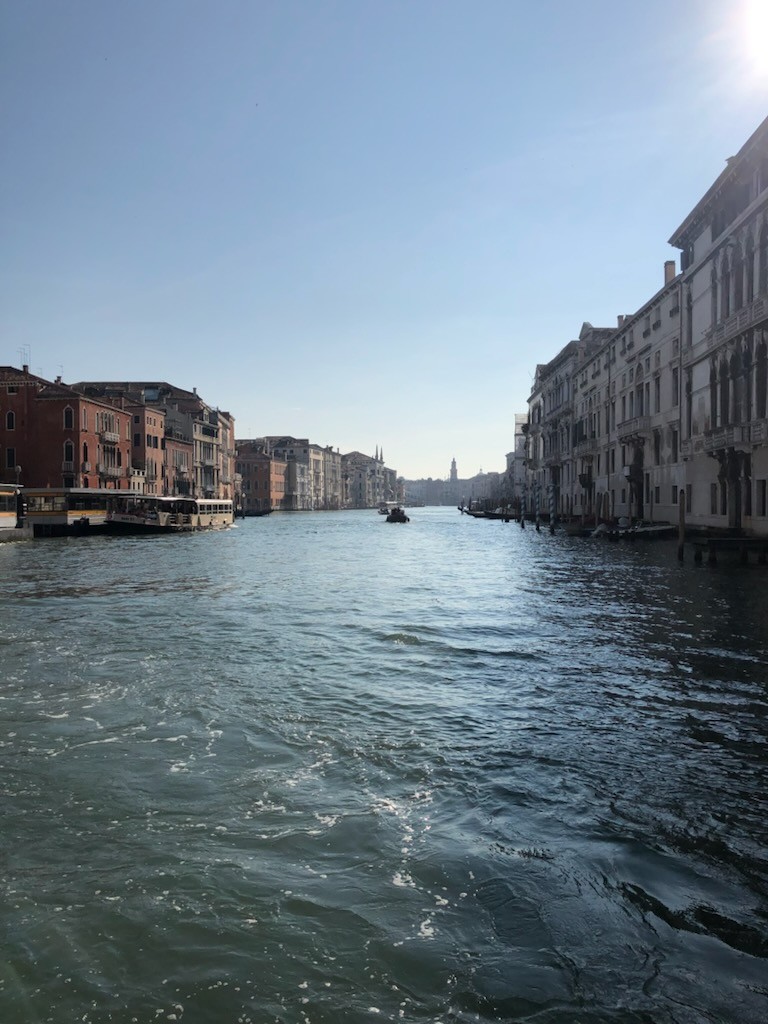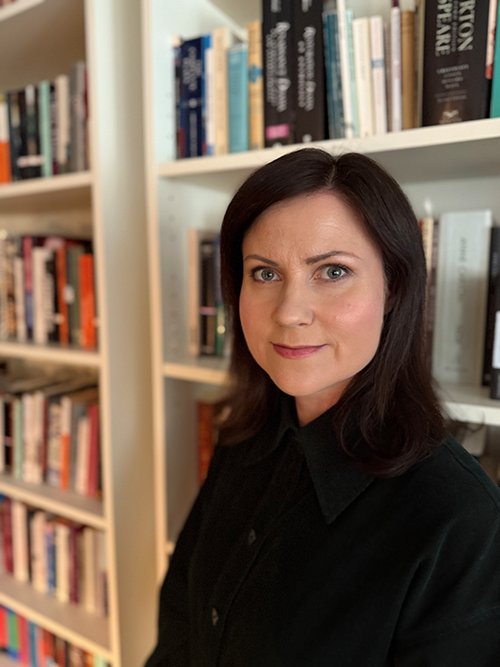

Constructions of Europe in Modern American Poetry examines how twentieth-century American poets’ European travel shaped the terrain of modern American poetry
by Elin Käck
When we think about some of the most appealing and classic moments in the literary history of the twentieth century, chances are that we will conjure up an image of an American author, say Hemingway, sitting in a Parisian café like the Closerie des Lilas of which he wrote so memorably in his debut novel The Sun Also Rises (1926). Indeed, much of modern literary history seems unthinkable without American writers in Europe. Mass tourism may have rendered some of the most storied places of the previous century cliché or even uniform by now, with standardized global chain-restaurant offerings ubiquitous everywhere. Nevertheless, when we return to the literary scene of a hundred years ago, the magic is still intact.
The Magic of Europe’s Storied Spaces
Many people know about the American novelists belonging to what Gertrude Stein once so influentially termed the Lost Generation, but American poets went to Europe in large numbers too. The poets of the modernist generation, writing in or around the 1920s, were eager to go to Paris to benefit from the literary experimentation going on there. But much of this experimentation was, in fact, carried out by expatriated Americans. When they came, they also found themselves face to face with cultural tradition, referencing and thinking about authors from previous eras who had also been there. At the same time, they also faced the modern and daring aesthetics of their current times. In the postwar era of the 1950s and 60s, and onwards, American poets went just as eagerly, even though they seemed to agree that the party of the roaring twenties was certainly over. For them, a sense of belatedness can be seen in how they talk about these storied spaces, such as the cafés in which famous writers and artists used to gather. Those people were no longer there, but the modern poets were highly aware of being situated in such places of significance to the development of modern literature. One source of concern unites the two generations of poets, however: the close relationship that being a poet in Europe has with simply being a tourist like any other.
The Arts Across Space and Time
Visiting iconic places imbued with the aura of history scrambles linear time. Then and now can momentarily seem simultaneous, and nevertheless an acute sense of belatedness or of having missed out can emerge in the encounter with such a place. Nostalgia is not an uncommon sentiment in such situations, when poets realize that the time to which they wish to connect is long gone. Yet, in places that curate their history as eagerly as Paris or Venice, some kind of connection with history is inherent in the very place itself. Here, painting and representation become important forms for poets seeking to connect to a previous time, with the prior renditions across the arts as crucial points of reference. Portraying Venice in poetic form requires poets to consider and somehow relate to previous literary accounts as well as the rich tradition of vedute paintings of Venice by painters such as Canaletto and Turner.

Will Europe Continue to Matter to American Poetry?
The Euro-American relationship is undergoing rapid change in the twenty-first century. Even Europe as a concept and term has shifted, not least due to Brexit. At a moment of such intense flux, we need more than ever to look at the history of this development. While the need to go to Europe was commonplace to poets in the 1920s and into the 1950s, the question is whether this is seen as an essential practice for an American poet today. More recent concerns have been emerging in contemporary poetry, such as social inequity and the environmental crisis, none of which seem to necessitate going to Europe to address or investigate. However, with the global nature of these issues, chances are that Europe will remain a touchstone for American poets, but perhaps they will venture outside the regular tourist itinerary, into places which none of their predecessors bothered to transform into art or perhaps even visit.
To learn more about the Lost Generation and Europe, read my previous articles about the novelists Ernest Hemingway and F. Scott Fitzgerald respectively.
About the author

Elin Käck is Senior Associate Professor of Language and Culture at Linköping University, Sweden. She is the author of Constructions of Europe in Modern American Poetry (Edinburgh UP, 2025) and “Swarming European Consciousness”: Europe and Tradition in the Work of William Carlos Williams (Linköping UP, 2015) and has published widely on poetry and poetics. She is the Vice President of the William Carlos Williams Society. Read more about her work at her Linköping University webpage.





